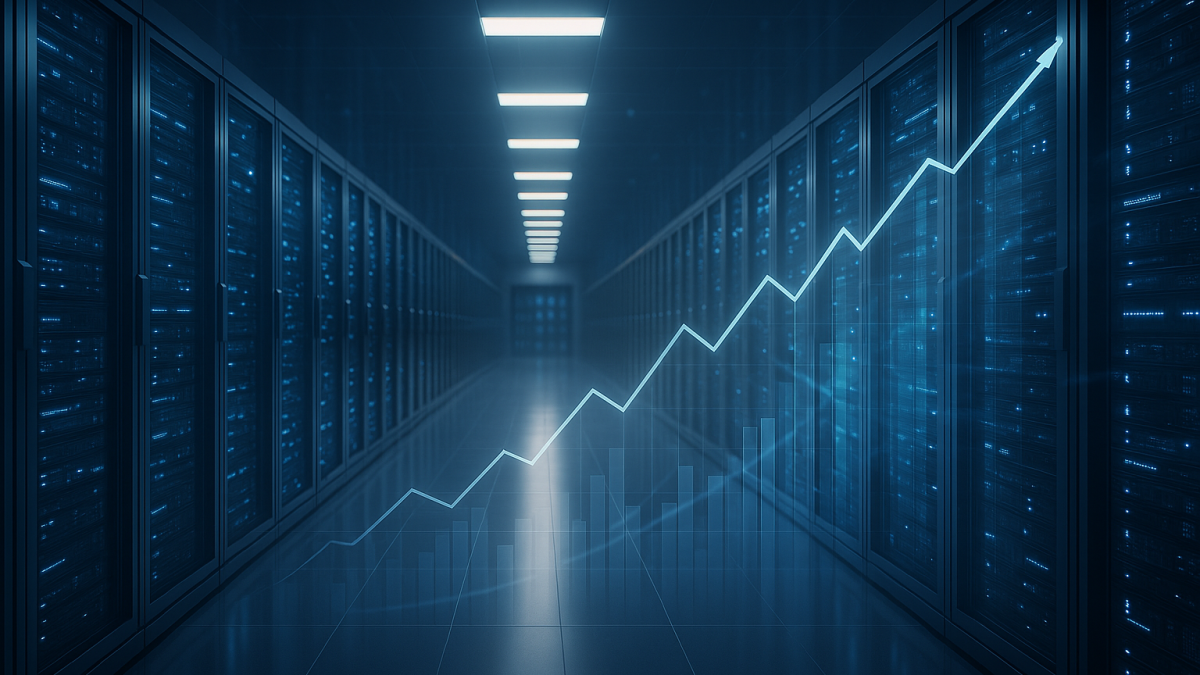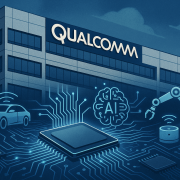Amazon Web Services is experiencing growth so extraordinary that even seasoned market analyst Jim Cramer is reaching for superlatives.
While speaking with InsiderMonkey, the veteran investor called Amazon’s cloud division’s expansion “some of the most profitable growth the world has ever seen,” particularly after the company reported a 20% growth rate off a $132 billion revenue base with a staggering 34% operating margin.
This assessment comes as Amazon itself has surged from $222 to $254 in just days, vaulting the $2.7 trillion company nearly 16% higher for the year.
For investors, the question isn’t just why Cramer is so bullish; it’s whether this explosive combination of scale and profitability can sustain itself in an increasingly competitive AI-driven market.
The AWS turnaround: How scale met profitability
What makes Cramer’s enthusiasm particularly noteworthy is that just weeks ago, Amazon faced significant skepticism from market bears who questioned whether the company was truly committed to competing in the AI infrastructure race.
That narrative shifted dramatically following Amazon’s third-quarter earnings report and a $38 billion multi-year strategic partnership with OpenAI that was announced shortly thereafter.
Under the OpenAI agreement, the startup gains access to hundreds of thousands of state-of-the-art Nvidia GPUs on AWS infrastructure, essentially making Amazon one of the backbone providers for the entire AI revolution.
The numbers themselves are staggering.
AWS’s 20% growth rate might seem modest compared to Microsoft’s cloud expansion, but here’s where context matters: AWS operates off a much larger revenue base, which makes that growth rate genuinely exceptional.
Add the 34% operating margin, the profit generated on every dollar of AWS revenue, and you are looking at a business that’s simultaneously scaling massively while printing profits.
For Cramer, this is the holy grail of corporate growth: expansion paired with profitability, not one at the expense of the other.
Most high-growth technology companies sacrifice margins for scale; Amazon’s AWS is doing both, which is precisely why Cramer used language typically reserved for once-in-a-lifetime businesses.
Cramer’s willingness to own and defend Amazon shares despite “tremendous derision” from critics underscores his conviction.
In his segment, he acknowledged that many investors had written off Amazon as trailing the other “Magnificent Seven” tech giants, but the recent performance suggests that narrative was premature.
The infrastructure play: Why this matters beyond Amazon
What’s particularly significant about Cramer’s assessment is that he’s not just celebrating Amazon’s numbers; he’s recognizing a fundamental shift in how business value gets created during the AI era.
The cloud infrastructure layer, increasingly powered by partnerships like the OpenAI-AWS deal, has emerged as potentially the most profitable segment of the entire AI ecosystem.
While flashy AI startups and consumer applications capture headlines, the companies providing the compute power, the GPUs, the data centers, the bandwidth are the ones capturing the sustainable profits.
This positioning matters because it suggests AWS isn’t just another cloud provider anymore; it’s becoming the essential infrastructure backbone for every major AI company that can’t or won’t build its own computing capacity from scratch.
The profitability Cramer referenced isn’t cyclical; it’s structural, built into the fundamental economics of how modern AI infrastructure operates.
The post Why is Jim Cramer calling this stock as ‘most profitable the world has ever seen’ appeared first on Invezz





